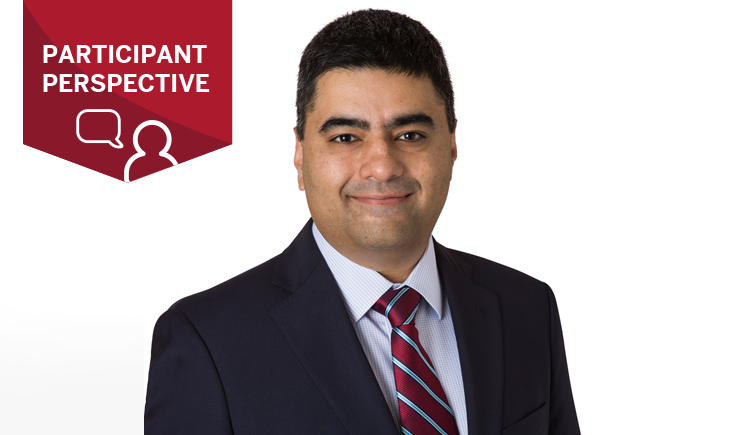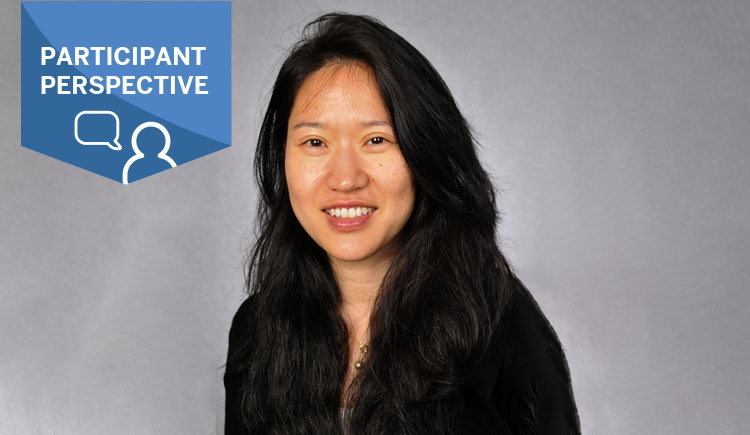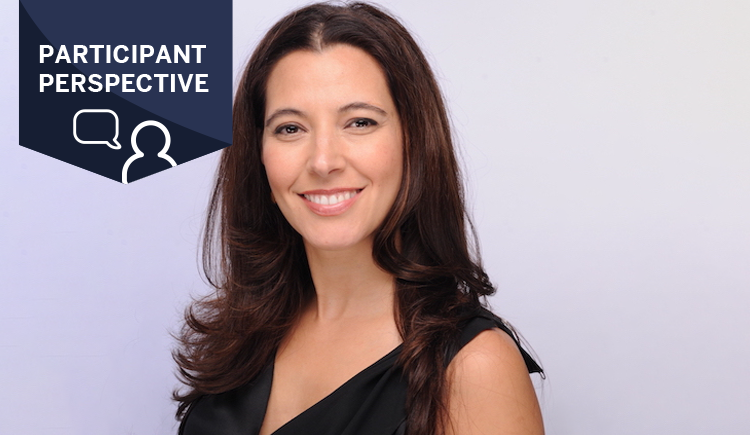
Information regarding COVID-19 has rapidly evolved. The content in this article provides a historical snapshot of events surrounding the date of posting.
During a discussion on hospital command structure, Ajay K. Singh, MBBS, FRCP, MBA, Wilton Levine, MD, Chuck Morris, MD, MPH and Richard S. Gitomer, MD shared their strategies for keeping daily operations going, taking care of patients and ensuring the safety of the workforce as events rapidly change. The following article is an excerpt from this discussion recorded on March 25, 2020 that has been condensed and edited for clarity and accuracy.
Let me start by asking Dr. Levine to talk about the command structure at Massachusetts General Hospital. How is it organized?
Dr. Levine: The Hospital Incident Command System (HICS) is used by many hospitals around the country to think about emergency preparedness. Within the command structure, there is an incident commander and a clinical expert. In this particular case, that would be our folks from infectious disease.
We have sections that include operations, logistics, public affairs and finance. Within operations, we think about inpatient, ambulatory and our other clinical services. The goal of having this structure is to allow us to plan, be nimble and respond as the events change. First and foremost is taking care of our patients who continue to come through the door no matter what is happening. We need to keep our workforce safe and healthy and keep daily operations going.
Our typical daily operations are changing to focus on this disease. But, we still have clinical operations happening and patients who are getting sick with other diseases in our community. We think about surge planning and coordination within our hospital system, city, state, region and nation, and our ability to rapidly make decisions, implement change and policy and ensure that communication is seamless.
From an organizational standpoint, we have an incident commander and four major sections down at the bottom—logistics, planning, finance and operations. Embedded within this is a public information officer, senior emergency medicine advisors and infectious disease subject matter experts. Then, we have liaisons for other parts of the work that we do.
How is this being implemented right now?
Dr. Levine: Each day, we have a meeting from 8 a.m. to 3 p.m. Then, we have a once-a-day meeting on the weekends. A very small group meets in person and the rest of us join by Zoom in the same way that we are meeting right now.
We review our local data. How many patients do we have in the hospital? What is our occupancy? What is our ICU rate? What are our critical needs? On the operations side, we are thinking about our inpatient management for surge planning, PPE, training, staffing, visitor management and policy.
Then, we have sub-workgroups focusing on capacity, surge for inpatients, critical care, pediatrics, lab post-acute care testing and where patients will go when they’re ready to leave the hospital. We also think about ethics, visitors, practice updates, students and trainees and research.
Massachusetts General Hospital and Brigham and Women’s Hospital are the two founder institutions that are part of Partners HealthCare. Is the Brigham organized in a similar way to what Dr. Levine laid out?
Dr. Morris: We have two incident commanders here at the Brigham. Otherwise, the structure is exactly the same. We have asked our chairs to relinquish some of their day-to-day authority over to the HICS structure as we navigate issues in terms of three buckets: people, supplies and patients. This pandemic affects all three variables, so having robust plans in each of those domains is a challenge.
The first bucket is people. Our city and our state are at a stay-at-home order that has impacted public transportation and ride sharing. The community prevalence of COVID is such that just as people who are not involved in the health care industry are getting sick so are members of our community. We have to reconcile the fact that they may need to step away from work, and what does that do to our workforce?
For a while, we were having health care workers who were exposed to the virus out on mandated furloughs. And, that’s changing a little bit under the guidance of CDC and the Department of Public Health. Schools are shut down, so there are real childcare constraints. And that, too, has introduced new challenges with staffing.
For supplies, there’s lots of discussion around availability, distribution and allocation of personal protective equipment. And even beyond PPE to other essential equipment like ventilators, beds, everything down to the swabs that we use to obtain nasopharyngeal samples for testing for the virus. And then, the last piece, of course, which is really central to what we do is the patients.
We are preparing for the full experience of what COVID care looks like. Where are we providing that care? Who gets care in the ambulatory setting versus inpatient? And, that care looks very different now than it did even five or six weeks ago. And then, we look at the processes of care—how we’ve constrained visitor policies and how we’re screening patients, still with a high degree of vigilance at all points of access to care, to make sure that we minimize unintentional exposure to the virus.
What’s the situation at Mass General? Have you taken on the same policy as the Brigham, and what are the challenges that you’ve wrestled with?
Dr. Levine: One of the interesting things about Mass General and the Brigham really being part of the same health system is that in our incident command structure, we are working to do everything the same across the system. And, we’re doing that for consistency, ease of management and ease of communication. It’s not that easy for big health care systems to be nimble at the community level.
When I walked in Monday morning, we had to have our IDs out to get in. There were only four accessible doors, and police, security and other folks were assisting. We did hand hygiene. There was a table that was being wiped down with bleach wipes. The masks were laid out, and we had to pick them up and put them on before we could pass a checkpoint.
That is not how our hospital typically works. We are an open and welcoming place to come and heal. I have to say it was done professionally and with kindness, and people who walked through felt extraordinarily safe and well cared for. We are doing exactly as Dr. Morris said in that regard.
-
Featured Panelists
- Ajay K. Singh, MBBS, FRCP(UK), MBA, Senior Associate Dean for Postgraduate Medical Education, Nephrologist, Brigham and Women's Hospital.
- Wilton Levine, MD, Medical Director for Preoperative Services at Massachusetts General Hospital, where he also oversees the operating room system. Dr. Wilton is an Associate Professor at Harvard Medical School and an anesthesiologist at Massachusetts General Hospital.
- Chuck Morris, MD, MPH, Associate Chief Medical Officer and Vice President of Clinical Affairs at Brigham and Women’s Hospital in Boston. Dr. Morris is an internist who has practiced primary care for many years at the Brigham, where he is part of the hospital’s command structure.
- Richard S. Gitomer, MD, Vice Chair for Primary Care in the Department of Medicine at Brigham and Women’s Hospital. Dr. Gitomer is an internist who spent most of his professional life at Emory before moving to Boston to oversee primary care at Brigham and Women’s Hospital.


